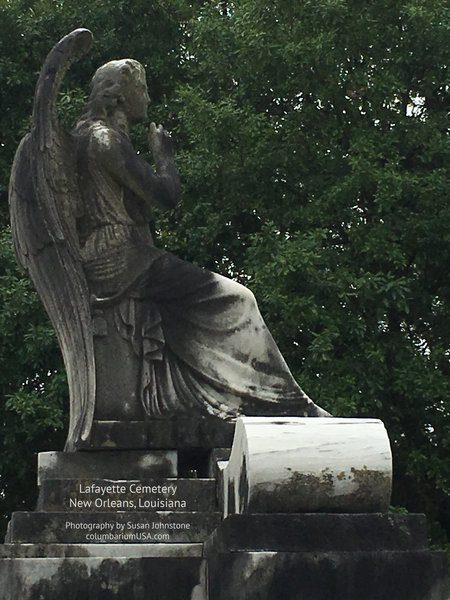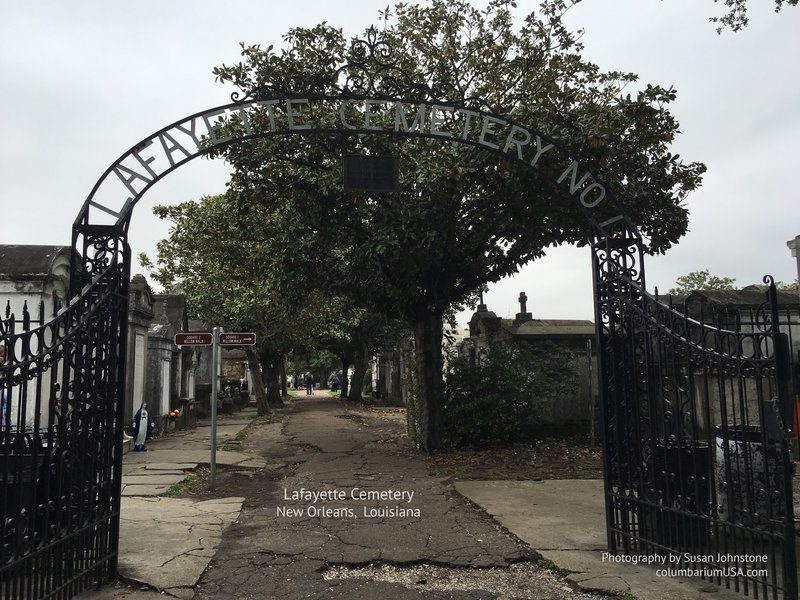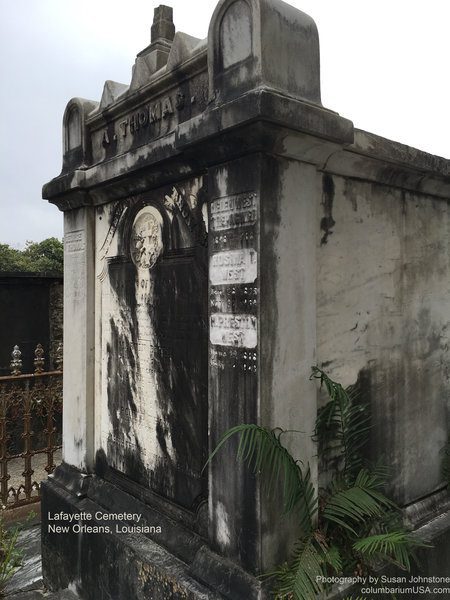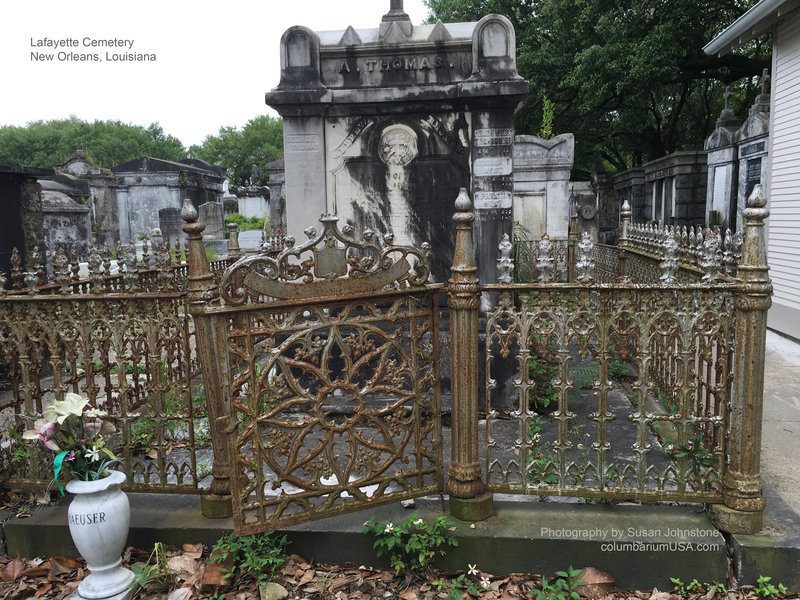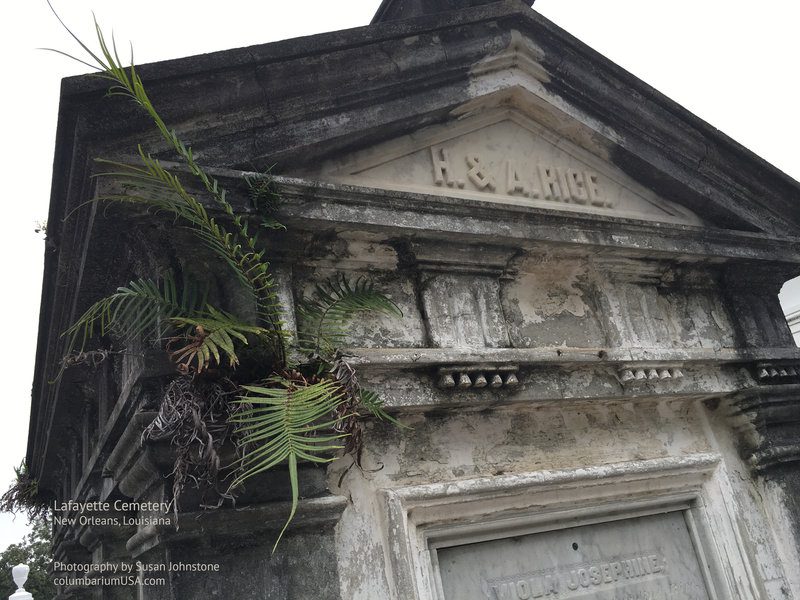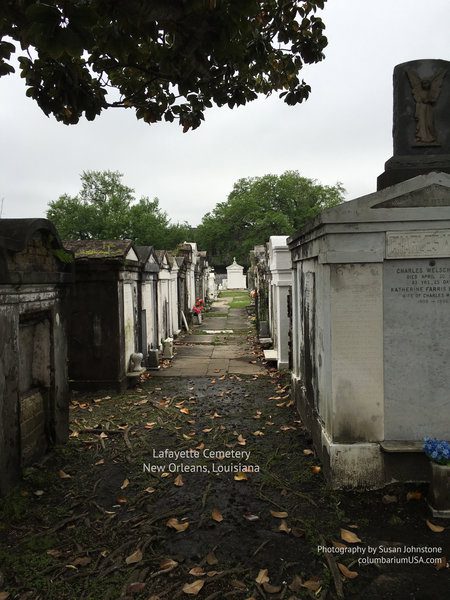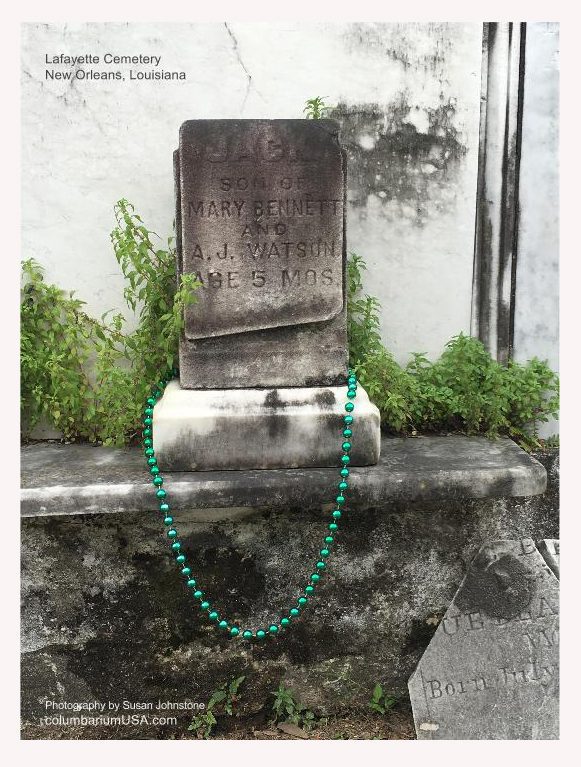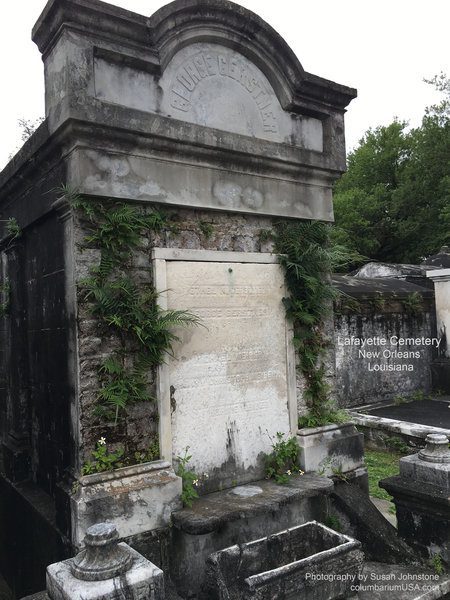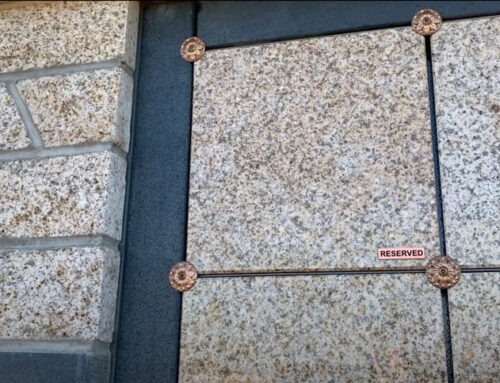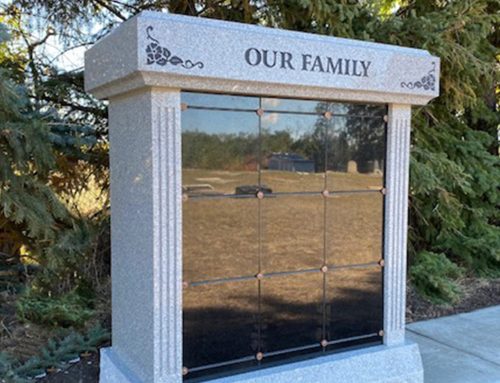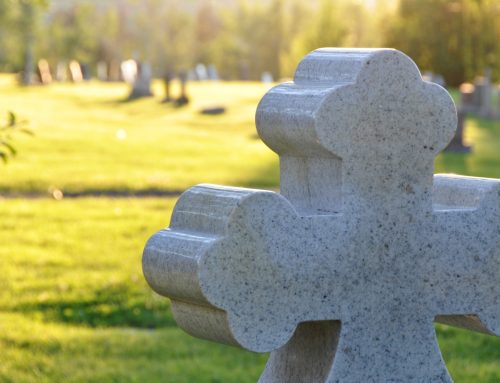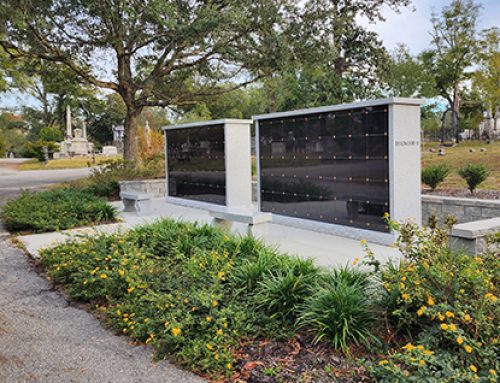If you have a penchant for walking in cemeteries hoping to encounter ghouls and spirits of the past disguised in French lace, southern refinery with a twist of voodoo, you will have to check out some of the old historic cemeteries of New Orleans and experience the remnants of a bygone time. Known as “The City of the Dead” primarily for its above ground tombs that dominate the cemetery landscape, New Orleans defines its own burial traditions with dramatic flair and style. Walk through the decorative gates of the cemetery and touch the rusty ironwork that speaks of a by -gone era. The sun-bleached tombs bare witnesses to centuries of French, Spanish, Creole and African American interaction and their reverence for the deceased that still remains true today.
Who once graced these pathways? Who are the fascinating souls that rest here? What stories would they tell? Their crosses and statuary cast contrasting shadows that add to the mystery of the cemetery. Votive candles, especially during the holidays are a constant reminder of a generation who still mourn, still remember.
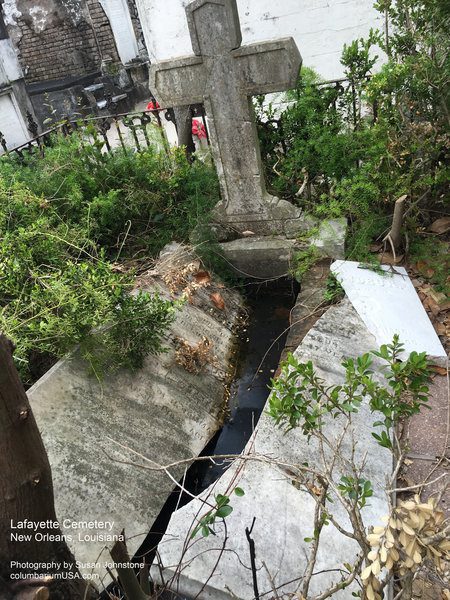
But in order to appreciate the unique cemetery layouts, one must first understand the unique geographic conditions that profoundly affected their designs. Built on the Mississippi delta, New Orleans is flanked by Lake Ponchartrain to the North and the Mississippi River to the south. The earth beneath this city is formed from silt deposits from the river that make the soil spongy and absorbent. The high water table has wreaked havoc on The City for centuries. But to add to the challenge The City is actually 6 to 17 feet (in some areas) below sea level and sinking about 1 inch every year. Subjected to flooding constantly, New Orleans created massive dykes and canals with pumping stations to ensure that The City isn’t engulfed by water.
So if staying afloat and above water is a challenge today, imagine how hard it would have been to bury a corpse 200 years ago? Since the first settlers arrived in 1718, they struggled with burying their dead in such water saturated soil conditions. The burial plots in the cemeteries at the time were shallow due to the high water table. Gravediggers would dig only a few feet down, before the grave would become soggy and begin to fill up with water. Coffins were ultimately floating on water as they were laid to rest.
In an attempt to resolve the issue, the settlers placed stones inside and on top of the coffins in order to weigh them down and keep them underground. Unfortunately, when it started to rain, the rising water table would pop the airtight coffins up and out of the ground. To this day, unpredictable flooding in The City continues to sometimes lift up coffins and raise them out of the ground.
Another strategy was to drill holes in the coffins in an attempt to submerge it in the water below. However, the idea of water touching the body to many seemed to be an abhorrent practice. Eventually, they gave up on the practice of submerging coffins and therefore decided to build crypts and mausoleums for above ground interment. Following Spanish custom, they adopted the tradition of building elaborate vaults or crypts to inter their dead.
Today you can see the walls of some of the famous historic New Orleans cemeteries are made up of crypts stacked one on top of the other. Wealthier families, who could afford to pay for more space, would buy ornate tombs and crypts for their dead. Many of these tombs look like houses complete with iron fences and gates.
As you wander through the cemetery you may notice that there are a multitude of names on one crypt. You may ask ” How is it possible to bury more than one family member in one vault? How can a grave hold all those corpses?” Following a local New Orleans ordinance, as long as the previously deceased member of the household has been dead for two years or more, their remains can be moved to a burial bag and placed at the back end of the vault. The coffin is then destroyed, and the vault is then prepared for the newly deceased family member.
You may ask, “What happens if a family member dies before the previously deceased family member’s two year waiting period is over?” To resolve this problem the local cemeteries created temporary holding vaults to inter the body. The remains are later moved to the final resting place after the two years have elapsed. Such protocol is convenient but to some it lacks the sanctity required for laying the dead to rest, ultimately this problem paved the way for families to seek alternative options.
In some cemeteries in New Orleans one will notice that cremation is becoming more the trend. The columbarium is becoming a more common interment option. And for families wishing to be interred together, the Family Columbarium is their way to continue on with the tradition of family interment. As the trend towards cremation gradually becomes the norm, columbaria are beginning to add to some of New Orleans’ cemetery landscapes.
There are about 42 cemeteries in The City of New Orleans and each one is filled with wonderful tales of fascinating people whose presence may have graced the streets of Bourbon, Royal, or Chartres. Explore these old historic cemeteries with a group, join a cemetery tour and experience the sensation of seeing row upon row of tombs and columbaria as you walk with the living, in “The City of the Dead”.

